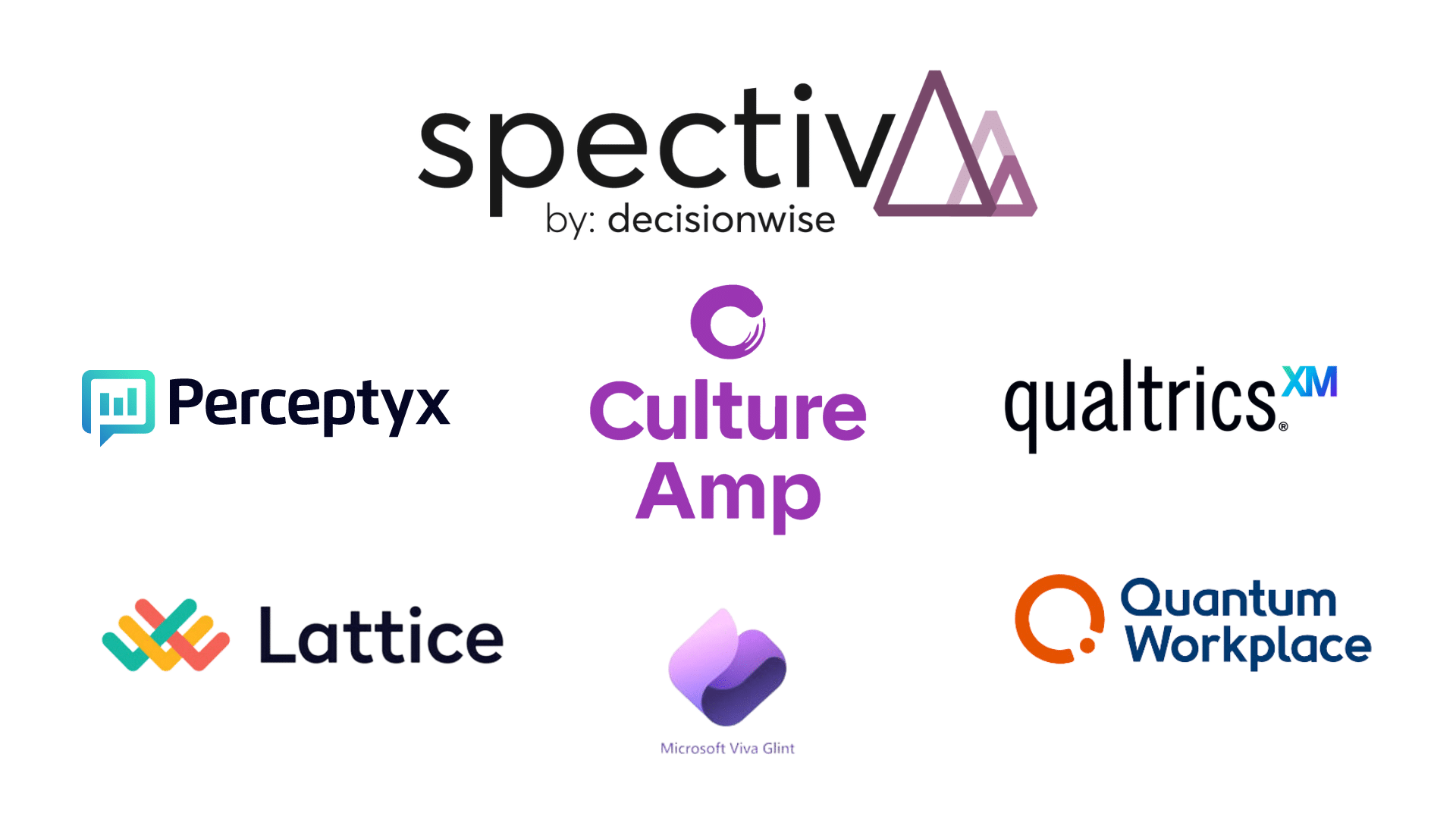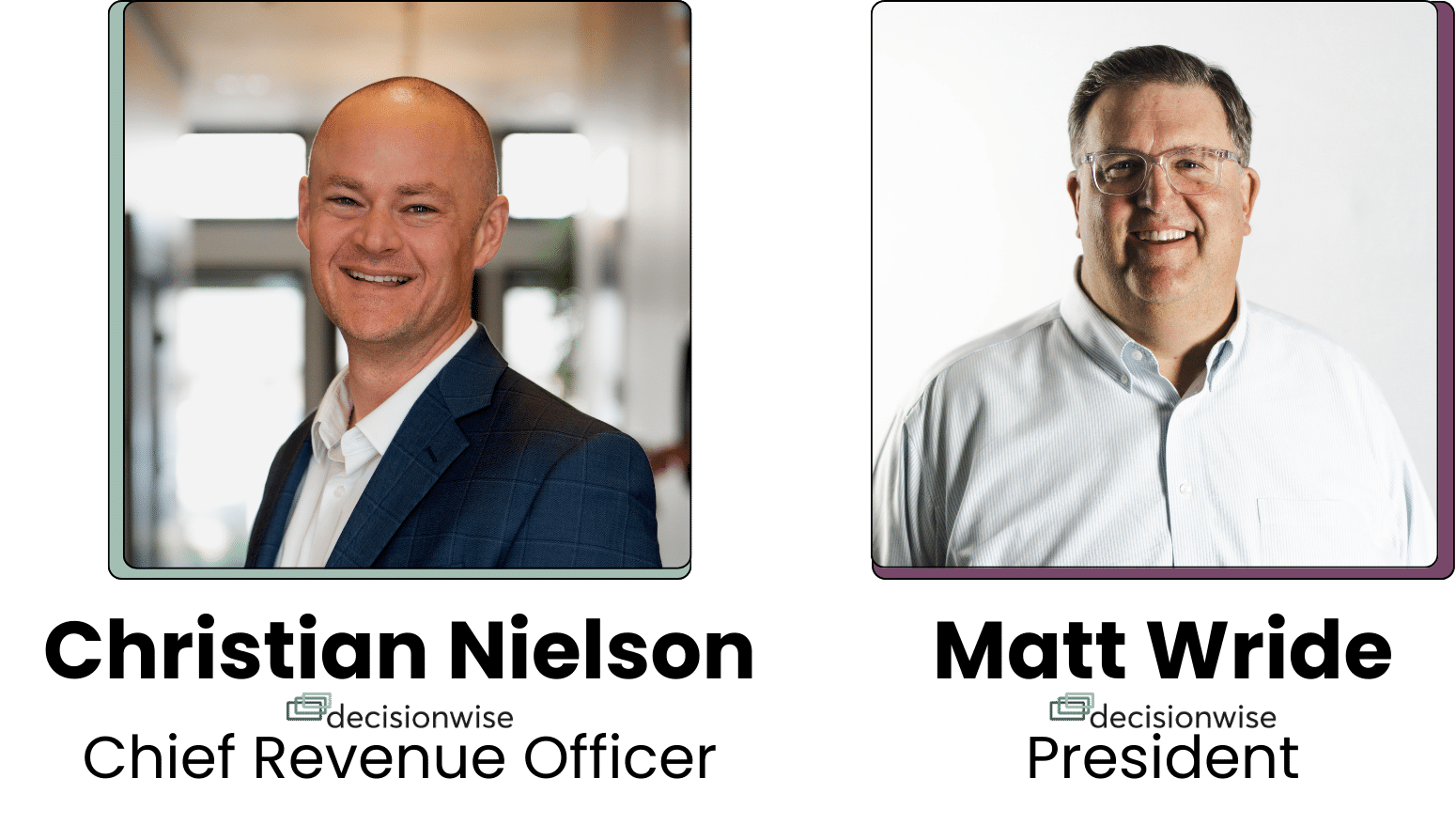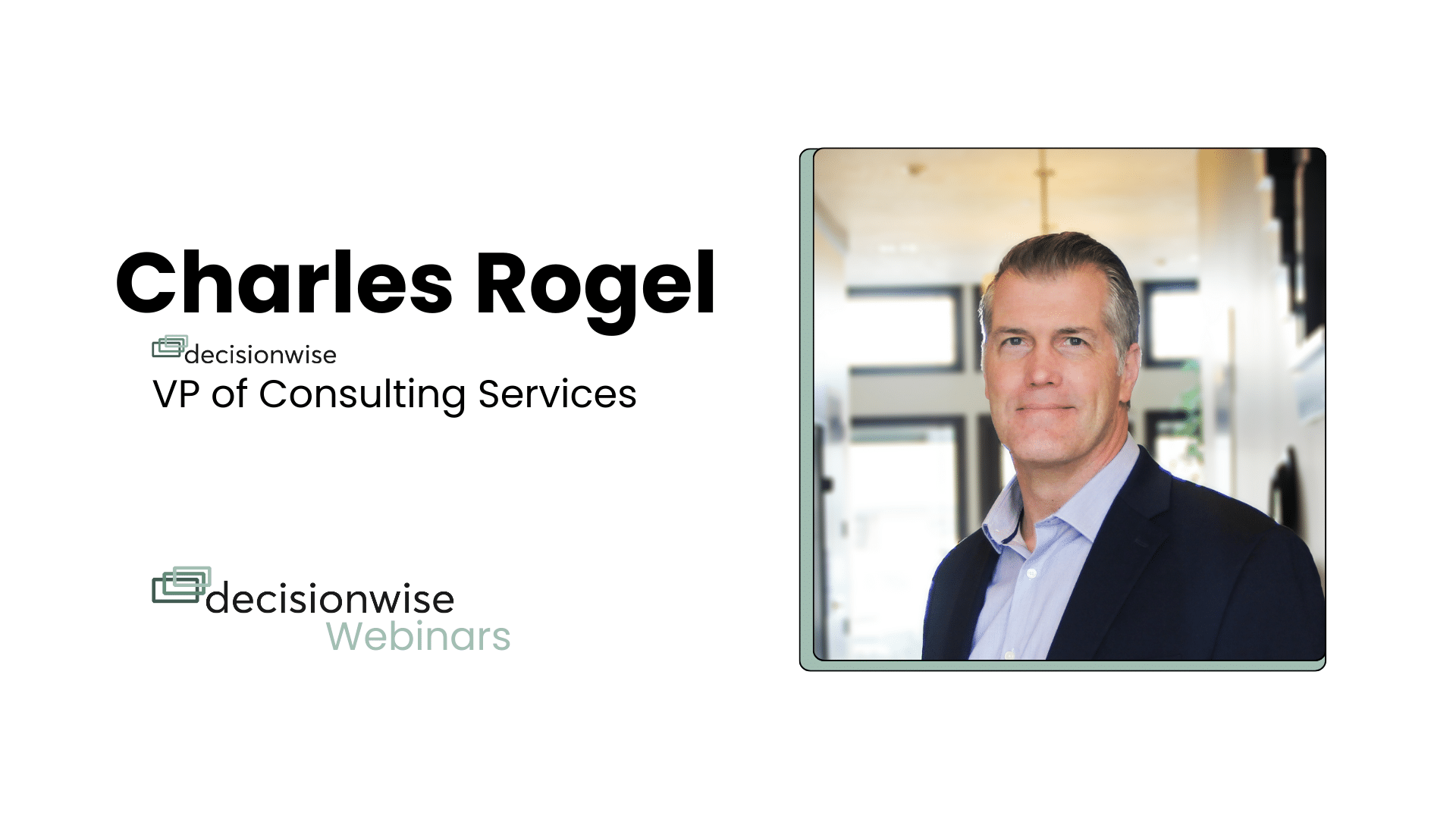Introduction
Established in 2009, Culture Amp was an early entrant into the HR tech space, focusing on amplifying the employee’s voice. It initially provided a platform for companies to conduct anonymous employee surveys. Over time, it evolved to transform the collected data into actionable insights for employers. Today, Culture Amp is a performance management platform offering predictive analytics, people science, and actionable insights.
Culture Amp played a pivotal role in creating a new category of HR Tech known as Employee Experience Platforms (EXPs). EXPs are designed to give employees a voice in their workplace, ensuring their feedback is heard and valued. These platforms capture the workforce’s pulse through tools like surveys, one-on-one meeting coordination, smart suggestion boxes, and social feeds. They provide insights into employee engagement, productivity, and satisfaction. By leveraging people analytics, EXPs aim to help HR teams and operational leaders understand the factors driving employee behavior and performance. Like Culture Amp, many original EXPs have evolved from a feedback-driven model for continuous improvement to a focus primarily centered around performance management.
Decision-Making vs. Performance-Management: The Dual Approaches of EXPs
While all EXPs aim to enhance the employee experience, they can be categorized into two primary approaches:
- Decision-Making/Measurement
- Performance-Management
Decision-Making EXPs
These platforms focus on the quantitative aspect of people analytics and the crucial need for feedback that drives continuous improvement and organizational effectiveness. They provide robust analytics and reporting tools that measure metrics such as engagement levels, productivity rates, and overall employee satisfaction. Their goal is to identify trends and patterns that inform strategies and guide interventions. These platforms prioritize data quality, survey integrity, hierarchical management, and advancing the research aspect of employee listening programs. The primary audience for these tools is leaders and decision-makers seeking the best insights to make data-driven decisions to improve employee performance, engagement, and organizational culture.
Performance-Management EXPs
These platforms focus primarily on activities that enhance employee performance. They guide managers with digital prompts on actions to take based on the collected feedback. These platforms offer automated workflows, recommended best practices, and even AI-driven suggestions for improving the employee experience. They aim to develop managers and employees through software, with front-line managers and employees as the primary audience.
Analysis
Decision-Making EXPs are invaluable for organizations seeking to deeply understand their workforce dynamics and track the effectiveness of their talent improvement initiatives over time. However, they require leaders to interpret the data and decide on the next steps.
In contrast, Performance-Management platforms are more prescriptive and scripted. They highlight areas of improvement and provide a roadmap for managers to follow (implemented through nudges), which can be useful for those lacking extensive employee and leadership development expertise.
A key challenge with the Performance-Management approach is that managers can sometimes feel overwhelmed by the sheer volume of digital prompts. While well-intentioned, the concept of nudge theory can lead to notification fatigue when every click and task completion is met with a pop-up or alert. This constant barrage of digital nudges can paradoxically lead to disengagement, as managers might start to ignore these prompts altogether.

6 Alternatives to Culture Amp (a Mix of Approaches)
- Perceptyx
- Glint
- Quantum Workplace
- Lattice
- Qualtrics
- DecisionWise
Perceptyx
Perceptyx offers a comprehensive suite for employee feedback and analytics, enabling organizations to gain deep insights into their workforce. Its platform facilitates continuous listening, allowing companies to act on real-time data to drive employee engagement and organizational success. Perceptyx was founded as a listening tool and is consistently adding performance-management features.
Glint
Now part of Microsoft Viva, Glint provides a robust employee engagement platform that helps organizations measure and improve employee satisfaction. It leverages AI to analyze survey data, offering actionable insights that can lead to a more engaged and productive workforce. Glint is focused on learning through its connection with LinkedIn, and is focused on trying to infer engagement by looking at all types of data such as meeting schedules, discussion patterns, etc.
Quantum Workplace
Quantum Workplace delivers tools for employee engagement and performance management. Its software aims to make work better every day by providing insights that help organizations understand their employees and drive performance. Like Perceptyx, Quantum’s new features are focused on employee performance.
Lattice
Lattice is a people management platform that offers solutions for performance management, employee engagement, and career development. It is designed to help managers develop teams and support employees in achieving their goals. Lattice is primarily a performance management tool with some listening capabilities.
Qualtrics
Known for its experience management software, Qualtrics includes a robust employee experience platform. It helps organizations capture employee feedback, uncover key drivers of engagement, and take action to improve the employee experience. Of the listed platforms, Qualtrics is the most research-oriented.
DecisionWise
DecisionWise is about making better decisions. Our software platform, Spectiv, has been designed around a core belief that managers are smart and capable; DecisionWise trusts managers and leaders to make effective decisions when given data and key insights. Thus, our focus remains on building the best EXP that delivers relevant and timely information about the employee experience. Thus, at the center of our attention is the leader-driven experience (LDX). Great employee experiences are built upon a foundation of leaders who create an employee experience that attracts top talent, retains them, and gives them opportunities to grow and develop.
While we are focused on LDX, there are several areas where we also focus on performance management. With these features, we strive to use data that makes conversations more impactful. Again, our aim is to empower leaders in designing and building employee experiences that deliver results.
Conclusion
In conclusion, whether an organization chooses a measurement-focused EXP or a performance management-focused one, the goal remains the same: to foster a workplace where employees feel heard, valued, and engaged. The choice between these two approaches depends on the leadership culture an organization wants to build. We believe one approach is better than the other; contact us and let us explain why.
Spectiv is the Top Choice for HR Professionals
Spectiv, our employee listening platform has been purpose-built by HR Professionals with over 25 years of experience to facilitate easy and automated surveys and assessments for your listening efforts. See why Spectiv is the top choice for Engagement, Lifecycle, 360-degree Feedback, and Performance Reviews.




